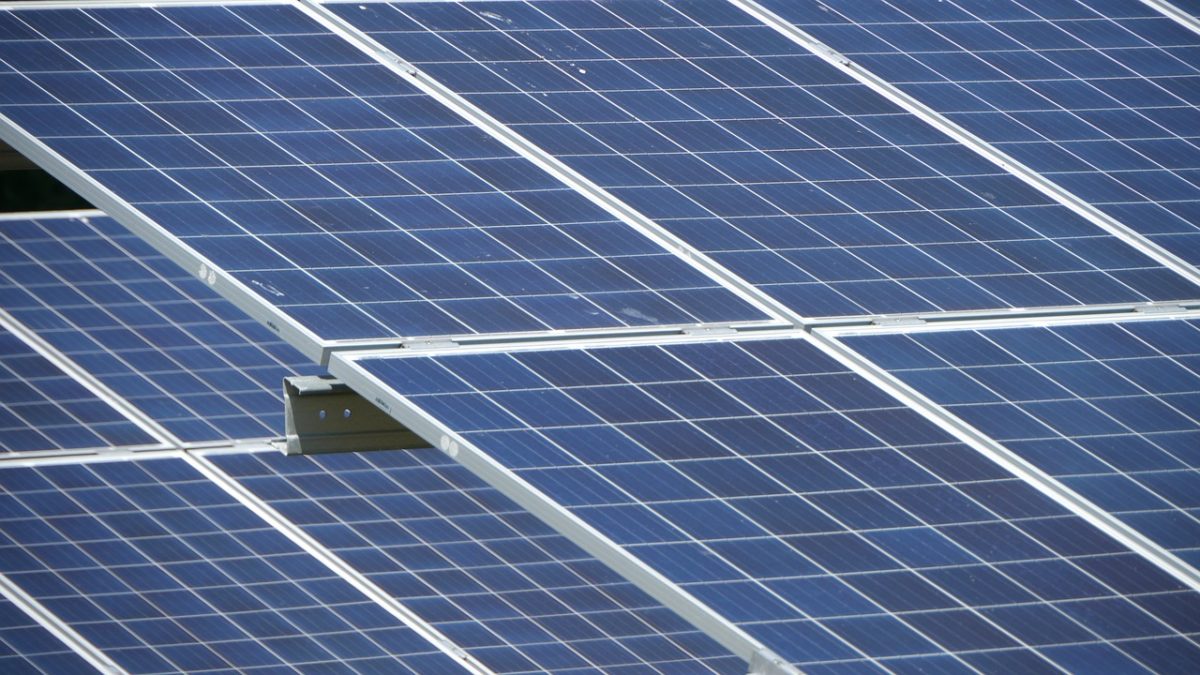Europe's largest solar-plus-storage project enters testing phase. Saft, Voltwerk and Tenesol, industrial partners of the Sol-ion project, supported by the European Union, have created an integrated energy storage system for decentralized and residential solar photovoltaic systems. The project, which started in August 2008, is now moving into its testing and evaluation phase. This involves the deployment of 75 pilot projects in France and Germany.
The projects will use lithium-ion batteries in photovoltaic systems on the largest scale ever tested in Europe. The tests will be used to assess the performance of the technology, its economic feasibility, the added value of energy storage in a power grid and the benefits for stakeholders. The Sol-ion system has been developed to accommodate photovoltaic energy production of 5 kWp with a battery with a capacity of 5 to 15 kWh and a nominal voltage of 170 V to 350 V.
American Capital Energy (ACE) and MSM Energy (MSME) created a joint venture to install 100 MW of solar in India by 2013. The new project, called ICE Solar, would begin construction at the end of 2010. Walter Borden, managing director of the Asia Pacific region for ACE, said that the company would install 100 MW “in the next three years.” The first project, 5 MW, would be installed in Gujarat at the end of 2010. The government of India announced its “Solar Mission” under the National Action Plan on Climate Change in November 2009 with the goal of generating 1,000 MW of solar energy by 2013 and 20,000 MW by 2020.
UAE to build the world's largest solar power plant with help from French and Spanish companies. The Abu Dhabi-based energy company Masdar has partnered with French oil company Total and Spanish Abengoa Solar to build the Shams 1 CSP solar plant, which they claim will have a capacity of about 100 MW. It will cover an area of 2.5 km²; a solar field made up of 768 parabolic trough collectors will be supplied by Abengoa Solar. Construction is scheduled to begin in the third quarter of 2010 and is expected to last approximately two years. The project is expected to contribute to Abu Dhabi's goal of reaching 7% renewable generation capacity by 2020. The joint venture formed by Masdar (60%), Total (20%) and Abengoa Solar (20%) will develop, build, operate and maintain the plant that will be located in Madinat Zayed, approximately 120 kilometers southwest of Abu Dhabi, in the United Arab Emirates (UAE).
Spain: manifesto to denounce the “smear campaign” against photovoltaics. At the Genera fair held in Madrid, the threat of retroactive cuts hovered over the sector. A few days before the event, the Spanish Photovoltaic Business Association (AEF) presented a document to the public to denounce the “smear campaign” against photovoltaics. This was the manifest:
Photovoltaic solar energy is clean, inexhaustible, without any environmental impact and increasingly cheaper.
The sun's rays reaching the earth's surface can satisfy more than 10,000 times the world's energy consumption.
Photovoltaic installations generate electricity at times of greatest consumption, which lowers the electricity supply.
Popular content
Photovoltaic energy is essential for Spain to reduce its energy dependence (80%) and increase environmental sustainability.
Betting on photovoltaic energy now is creating jobs in the present and wealth for the future.
Our country has exceptional geographic and atmospheric conditions for solar energy. Using them increases our energy efficiency and makes better use of our natural resources.
Spain is one of the world leaders in photovoltaic solar energy. The boom in the sector has allowed the strengthening and consolidation in Spain of a truly committed, innovative and highly exporting solar photovoltaic industry, which is among the most advanced in the world.
The Spanish photovoltaic industry has invested more than 23 billion euros, generated nearly 100,000 jobs by 2008 and contributes 0.62% of the Gross Domestic Product.
The photovoltaic sector is the most intensive among clean energies in creating jobs: between 7 and 11 jobs per installed megawatt, compared to a maximum of 2.7 jobs per megawatt in other sectors.
Due to its high technological component, photovoltaic energy has reduced its cost by half in two years; it could reduce it another 12% more in 2010, and for subsequent years it maintains the highest margin of reduction of all renewables.
This content is protected by copyright and may not be reused. If you want to cooperate with us and would like to reuse some of our content, please contact: editors@pv-magazine.com.



By submitting this form you agree to pv magazine using your data for the purposes of publishing your comment.
Your personal data will only be disclosed or otherwise transmitted to third parties for the purposes of spam filtering or if this is necessary for technical maintenance of the website. Any other transfer to third parties will not take place unless this is justified on the basis of applicable data protection regulations or if pv magazine is legally obliged to do so.
You may revoke this consent at any time with effect for the future, in which case your personal data will be deleted immediately. Otherwise, your data will be deleted if pv magazine has processed your request or the purpose of data storage is fulfilled.
Further information on data privacy can be found in our Data Protection Policy.